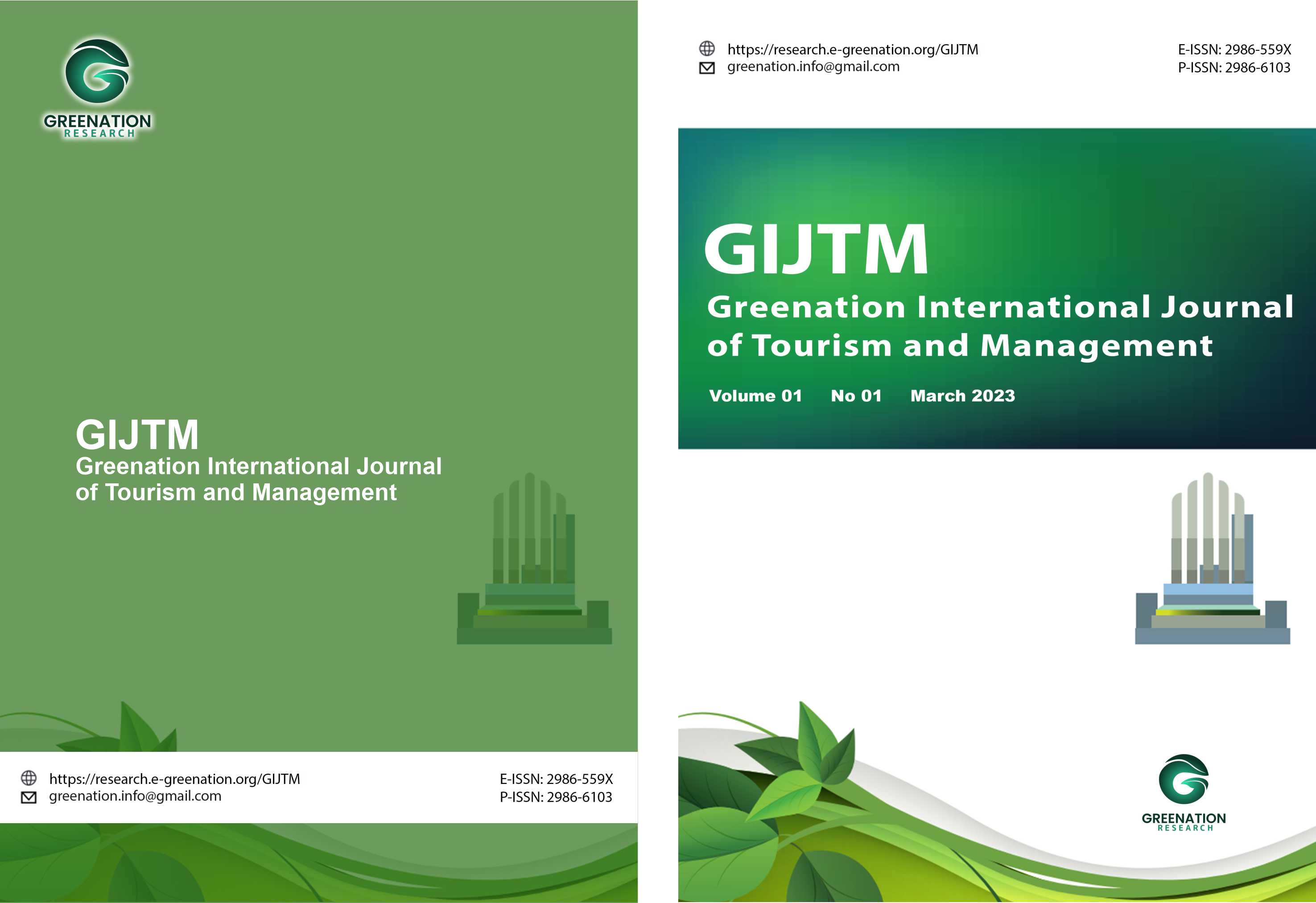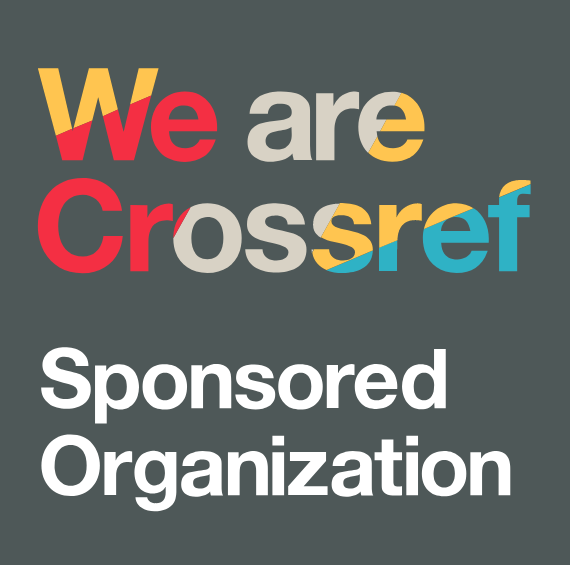Evaluating the Application of the Theory of Planned Behavior in Predicting QRIS Adoption Among Indonesian University Students
DOI:
https://doi.org/10.38035/gijtm.v3i2.393Keywords:
Theory of Planned Behavior, QRIS, Subjective Norm, Technology Adoption, Digital PaymentAbstract
The use of digital-based transactions in Indonesia continues to increase; however, the adoption of QRIS as the national payment standard still faces challenges among university students. Despite being predominantly digital natives with high potential to adopt payment technologies such as QRIS, students’ actual usage remains suboptimal. Several previous studies have employed various technology adoption theories to explain similar phenomena, utilizing a range of theoretical approaches. This study develops a conceptual model based on the Theory of Planned Behavior (TPB) to identify the predictors influencing students’ intention to use QRIS. Drawing from a literature review, this study aims to evaluate the relationship between key TPB constructs—attitude, subjective norm, and perceived behavioral control—and students’ intention to use QRIS. The proposed model is expected to serve as a foundation for future empirical research and to inform the development of more effective strategies for increasing QRIS adoption among university students.
References
Ajzen, I. (1991). The Theory of planned behavior. Organizational Behavior and Human Decision Processes.
Copeland, L. R., Bhaduri, G., & Huang, O. (2023). Understanding Chinese Gen Z and their online shopping intentions through TAM. Asia Pacific Journal of Marketing and Logistics, 35(10), 2361–2376. https://doi.org/10.1108/APJML-03-2022-0241
Dina, S., & Satria, U. (2024). Cashless Behavior among Yogyakarta Muslim Students?: Digital Financial Literacy and QRIS Payment Intention. 02007, 1–11.
Kristiyono, Y. R., Roring, E. R., & Suryawan, I. N. (2021). The Effect Of Perceived Benefits In Formatting Male Online Shoppers’ Attitude. Jurnal Manajemen, 25(2), 290–311.
Lau, E. A., & Kulsum, U. (2023). Becoming a Cashless Society: The Role of QRIS from the Z-Generation Student’s Perspective. Journal of Accounting and Strategic Finance, 6(1), 172–191. https://doi.org/10.33005/jasf.v6i1.404
Lee, M. C. (2009). Factors influencing the adoption of internet banking: An integration of TAM and TPB with perceived risk and perceived benefit. Electronic Commerce Research and Applications, 8(3), 130–141. https://doi.org/10.1016/j.elerap.2008.11.006
Nurhapsari, R., & Sholihah, E. (2022). Analysis of the factors of intention to use QRIS for MSMEs in Semarang City’s traditional market. Jurnal Ekonomi Modernisasi, 18(2), 199–211. https://doi.org/10.21067/jem.v18i2.7291
Paleni, H., & Indah, T. P. (2025). Increasing University Students Intentional Use Of QRIS How to Cite?: 13(3), 1975–1984.
Paramita, E. D., & Cahyadi, E. R. (2024). The Determinants of Behavioral Intention and Use Behavior of QRIS as Digital Payment Method Using Extended UTAUT Model. Indonesian Journal of Business and Entrepreneurship, 10(1), 132–145. https://doi.org/10.17358/ijbe.10.1.132
Sauchelli, S., Pickles, T., Voinescu, A., Choi, H., Sherlock, B., Zhang, J., Colyer, S., Grant, S., Sundari, S., & Lasseter, G. (2023). Public attitudes towards the use of novel technologies in their future healthcare: a UK survey. BMC Medical Informatics and Decision Making, 23(1), 1–13. https://doi.org/10.1186/s12911-023-02118-2
Tenggino, D., & Mauritsius, T. (2022). Evaluation of Factors Affecting Intention To Use Qris Payment Transaction. ICIC Express Letters, 16(4), 343–349. https://doi.org/10.24507/icicel.16.04.343
Venkatesh, V., Morris, M. G., Davis, G. B., & Davis, F. D. (2003). User acceptance of information technology: Toward a unified view. MIS Quarterly: Management Information Systems, 27(3), 425–478. https://doi.org/10.2307/30036540
Zhilalul Haq, M., Hakim Handoko, L., & Asysyad Rasyid, A. (2023). Analysis of the Influence of Perceived Benefits, Easiness and Risk on Students’ Interest in Using QRIS. Journal of Business Management and Islamic Banking, 02(2), 95–116. https://doi.org/10.14421/jbmib.v2i2.2075
Downloads
Published
How to Cite
Issue
Section
License
Copyright (c) 2025 Doni Sugianto Sihotang, Usep Suhud, Mohamad Rizan

This work is licensed under a Creative Commons Attribution 4.0 International License.
Copyright :
Authors who publish their manuscripts in this journal agree to the following conditions:
- Copyright in each article belongs to the author.
- The author acknowledges that the Greenation International Journal of Tourism and Management (GIJTM) has the right to be the first to publish under a Creative Commons Attribution 4.0 International license (Attribution 4.0 International CC BY 4.0).
- Authors can submit articles separately, arrange the non-exclusive distribution of manuscripts that have been published in this journal to other versions (for example, sent to the author's institutional repository, publication in a book, etc.), by acknowledging that the manuscript has been published for the first time at GIJTM.


























